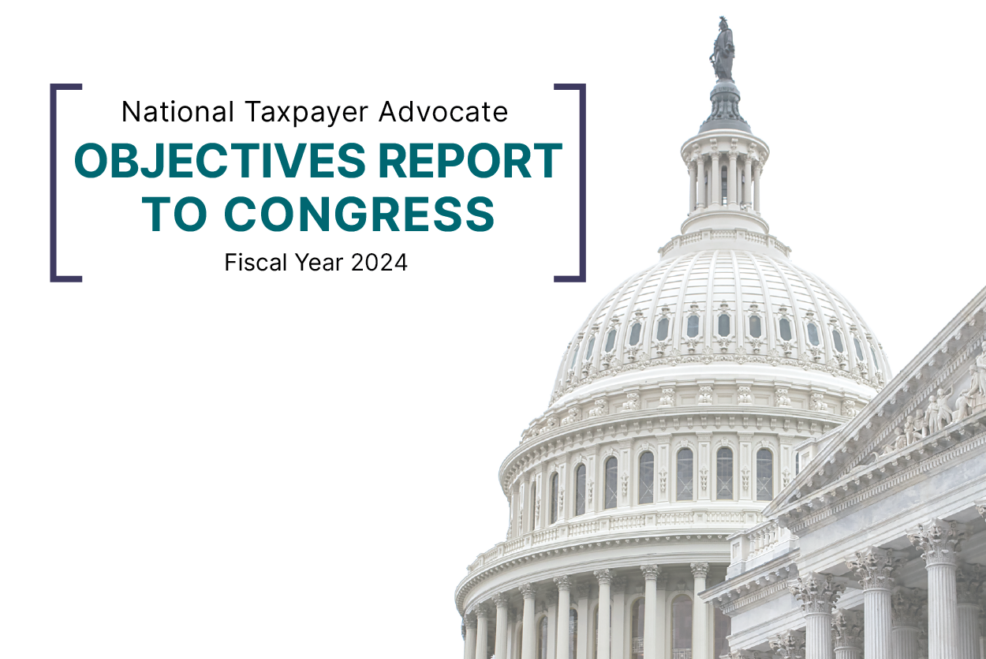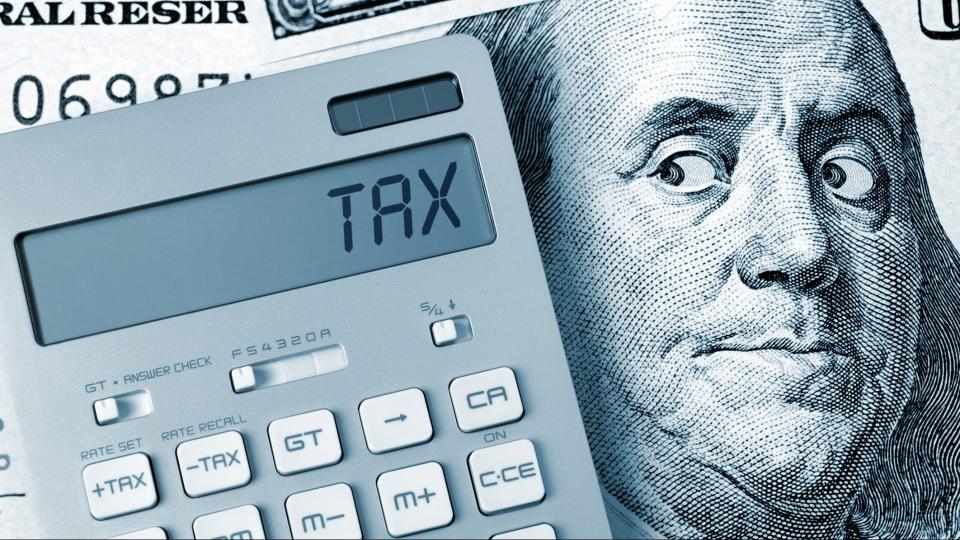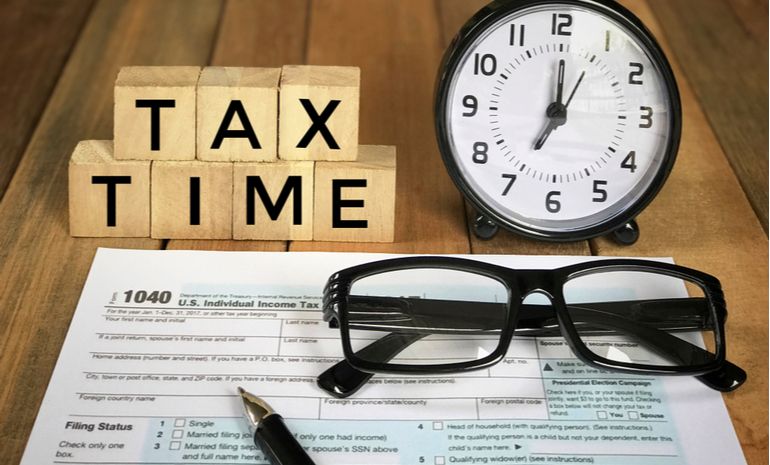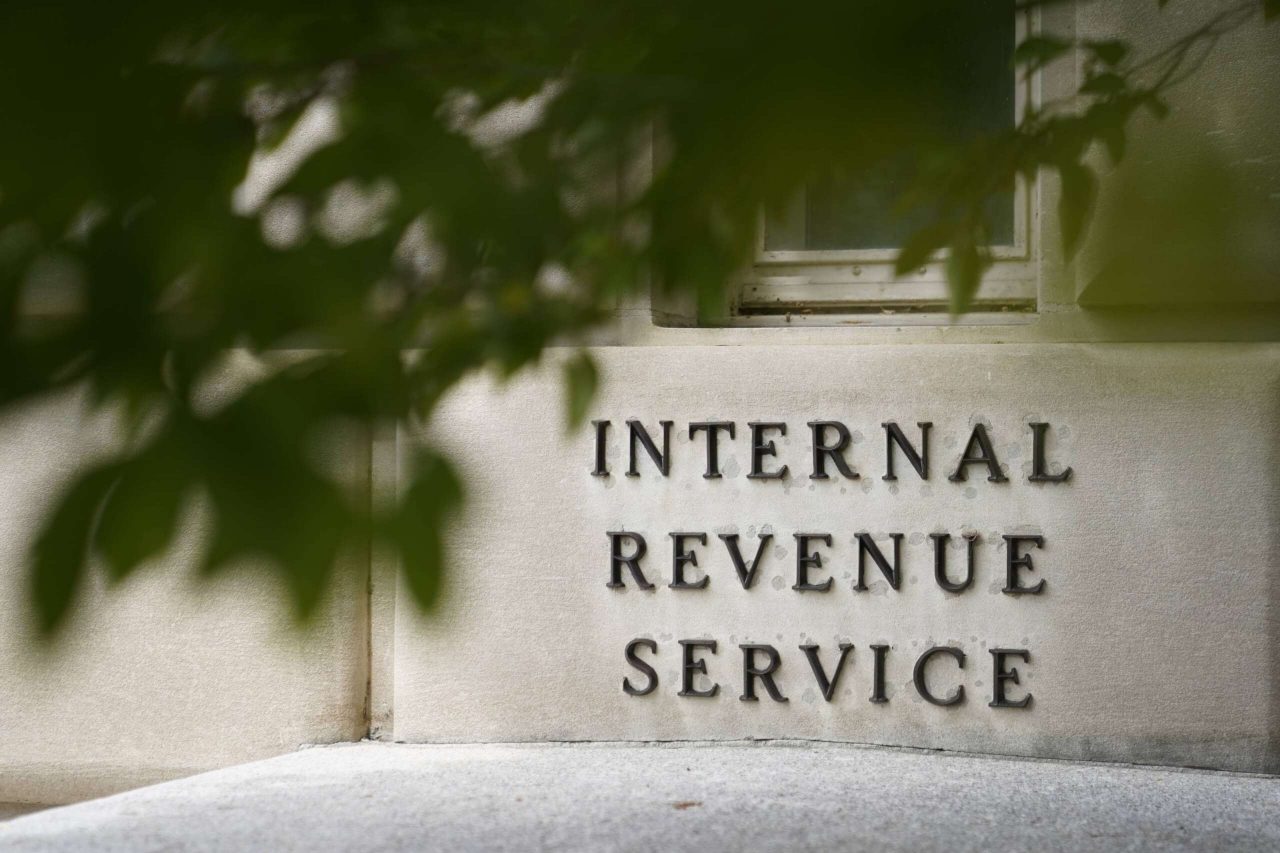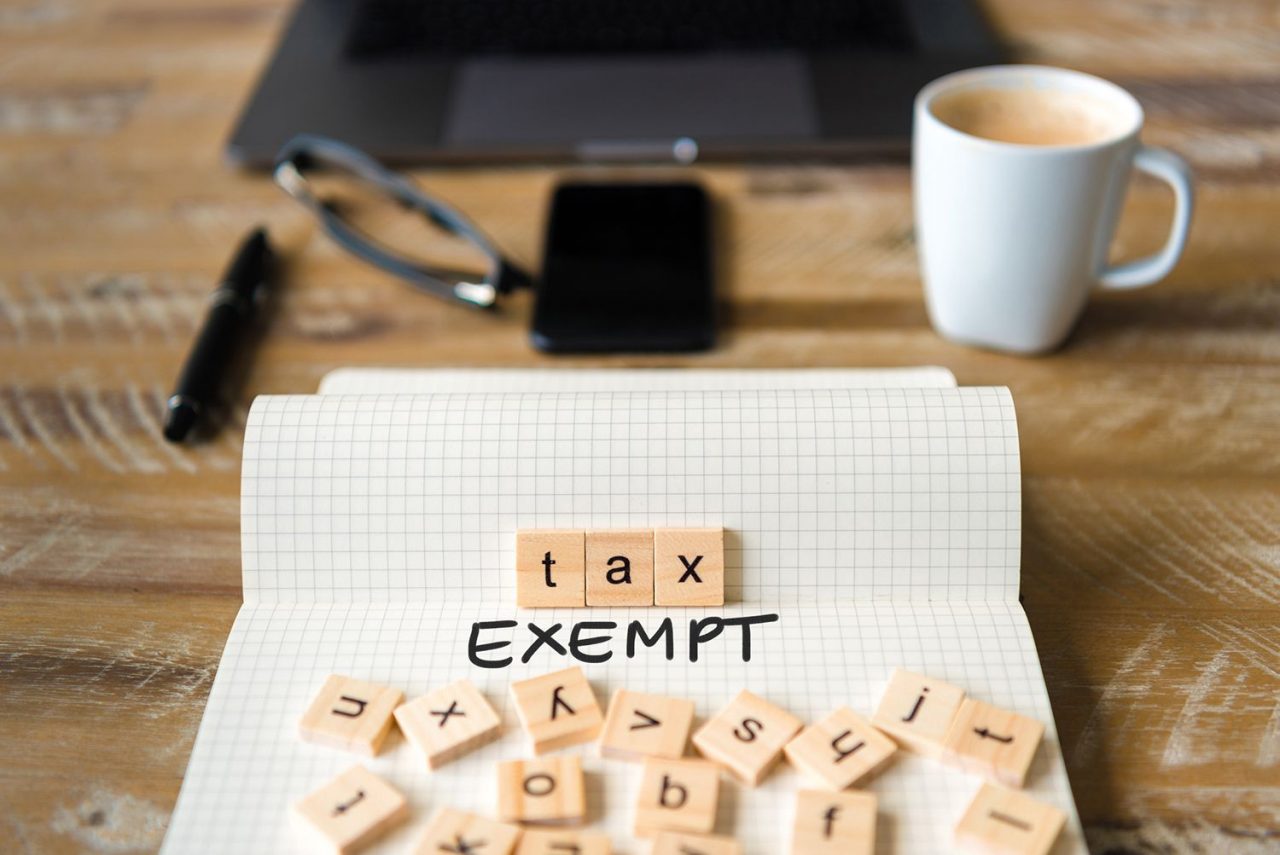National Taxpayer Advocate Erin M. Collins today released her statutorily mandated midyear report to Congress. The report says the tax-return filing season generally ran smoothly this year, urges the Internal Revenue Service to prioritize a broad array of technology upgrades and sets forth key objectives of the Office of the Taxpayer Advocate for the upcoming fiscal year.
The filing season
The report analyzes the IRS’s effectiveness in processing original returns, amended returns, taxpayer correspondence and answering taxpayer telephone calls.
“What a difference a year makes!” Collins wrote in her preface to the report. Reflecting on the challenges taxpayers experienced in recent filing seasons due to the COVID-19 pandemic, she said, “In submitting this report, I’m finally able to deliver some good news: The taxpayer experience vastly improved during the 2023 filing season. The IRS caught up in processing paper-filed original Forms 1040 and various business returns; refunds were generally issued quickly; and taxpayers calling the IRS were much more likely to get through – and with substantially shorter wait times. Overall, the difference between the 2022 filing season and the 2023 filing season was like night and day.”
Despite these improvements, the report says the IRS is still behind in processing amended tax returns and taxpayer correspondence. Typically, employees in the IRS’s Accounts Management function perform two roles – they answer telephone calls, and they process taxpayer correspondence, amended returns and other cases. The report says the IRS was much more effective in answering taxpayer calls this year, “but [that] could only be accomplished by prioritizing the phones over other IRS operations, and it resulted in greater delays in the processing of paper correspondence.”
Processing of original tax returns. Figure 1 shows that the IRS reduced its backlog of unprocessed paper-filed original tax returns from 13.3 million at the end of the 2022 filing season to 2.6 million at the end of the 2023 filing season. That represents a reduction of 80% and marks a return to pre-pandemic levels.
Figure 1: Status of Unprocessed Paper-Filed Original Tax Returns Comparing Weeks Ending April 22, 2022, and April 22, 2023
| Filing Season |
Individual |
Business |
Not Specified |
Total |
| 2022 |
6,200,000 |
5,200,000 |
2,000,000 |
13,300,000 |
| 2023 |
1,200,000 |
500,000 |
900,000 |
2,600,000 |
As of June 3, however, the inventory of unprocessed paper-filed original returns had grown to 4.1 million, consisting of about half individual returns and half business returns.
Processing of amended tax returns. In contrast to the 80% reduction in the backlog of paper-filed original tax returns, Figure 2 shows that the inventory of amended returns was 3.6 million in April 2022 and 3.4 million in April 2023, a reduction of only six percent between the two periods.
Figure 2: Status of Unprocessed Amended Tax Returns Comparing Weeks Ending April 22, 2022, and April 22, 2023
| Filing Season |
Individual |
Business |
Total |
| 2022 |
2,600,000 |
1,100,000 |
3,600,000 |
| 2023 |
1,700,000 |
1,700,000 |
3,400,000 |
For individual amended returns (Forms 1040-X), the IRS’s processing time was about seven months as of the end of the 2023 filing season. On the business side, a large portion of the delay in processing amended returns is attributable to Employee Retention Credit (ERC) claims. The ERC is a refundable tax credit that Congress authorized to encourage employers to retain employees during the COVID‑19 pandemic. Employers may receive up to $26,000 per employee if they meet certain conditions. Many ERC claims are legitimate, but the IRS has also received a large number of fraudulent claims and has placed promoter claims involving the ERC on its “Dirty Dozen” list of tax scams.
“The influx of fraudulent claims has put the IRS between a rock and a hard place,” Collins wrote. “If the IRS pays out claims quickly without taking the time to review them individually, it will be making some payments to individuals potentially engaged in fraud. If it takes the time to review claims individually, legitimate businesses who need the funds Congress authorized to help them stay afloat may not receive them in time.”
Processing of taxpayer correspondence and other Accounts Management (AM) cases. In addition to answering telephone calls and processing amended tax returns, AM employees process taxpayer responses to IRS notices and many types of taxpayer requests, such as applications for Employer Identification Numbers, a high percentage of Identity Theft Victim Assistance cases, and tax return preparer authorizations.
The IRS has not made notable progress in reducing its paper AM inventories over the past year. The inventory is just six percent lower than at the same time last year. In April, it was taking the IRS 130 days to process its adjustments cases. That represents a substantial improvement from the 214 days it was taking last year, but it is still well above the IRS’s standard processing time of 45 days. Figure 3 compares the AM inventory, excluding amended tax returns, at the close of the 2022 and 2023 filing seasons.
Figure 3: Status of Unprocessed Taxpayer Correspondence and AM Cases Comparing Weeks Ending April 22, 2022, and April 22, 2023
| Filing Season |
Individual |
Business |
Not Specified |
Total |
| 2022 |
2,200,000 |
1,000,000 |
2,100,000 |
5,300,000 |
| 2023 |
1,900,000 |
900,000 |
2,200,000 |
5,000,000 |
For victims of identity theft, the delays have been particularly long and frustrating. The average cycle time for Identity Theft Victim Assistance cases closed in April 2023 was 436 days – nearly 15 months. That is about three months longer than the 362-day cycle time for cases closed in April 2022.
Telephone service. The IRS made considerable progress in improving its telephone service this filing season. It answered more calls, answered a substantially higher percentage of calls and significantly reduced wait times, as shown in Figure 4.
Figure 4: IRS Enterprise Telephone Results Comparing Weeks Ending April 23, 2022, and April 22, 2023
| Filing Season |
Calls Received |
Number of Calls Answered by an IRS Employee |
Percentage of Calls Answered by an IRS Employee |
Time on Hold |
| 2022 |
73 million |
7.5 million |
10% |
29 minutes |
| 2023 |
32 million |
11.0 million |
35% |
8 minutes |
The IRS reached the Treasury Department’s goal of an 85% “Level of Service” (LOS) on the AM telephone lines. However, IRS employees only answered 35% of all calls received. As the report details, the LOS measure does not account for the significant majority of taxpayer calls and is not the best measure of overall service levels. The report also points out that calls to certain telephone lines, including the collection lines and the installment agreement/balance due line, were answered at lower rates.
“Despite these areas of relative weakness,” the report says, “the big picture shows taxpayers had a much easier time reaching the IRS this filing season, reducing the need for repeat calls and lengthy wait times – a welcome relief for millions of taxpayers.”
Inflation Reduction Act funding and IRS strategic priorities
The report addresses the IRS’s Strategic Operating Plan to utilize funding the agency received under the Inflation Reduction Act (IRA). Of the roughly $79 billion in IRA funding the IRS received, only $3.2 billion was allocated for Taxpayer Services and only $4.8 billion was allocated for Business Systems Modernization (BSM) (The Fiscal Responsibility Act of 2023 and a related side agreement have reduced the IRA funding level to about $58 billion). The report says the Taxpayer Advocate Service (TAS) will continue to advocate for adequate funding for Taxpayer Services, BSM, and the operational overhead that supports those programs.
The report urges the IRS to prioritize information technology (IT) upgrades that will improve the taxpayer experience. It says that although the COVID-19 pandemic was an unexpected development, the refund delays and service challenges taxpayers experienced over the past three years would have been substantially less severe if the IRS had better technology. Highlighting the agency’s IT deficiencies, Collins wrote:
[T]o achieve and sustain transformational improvement over the longer term, the IRS must focus like a laser beam on IT. The IRS must give taxpayers robust online accounts that are comparable to accounts provided by banks and other financial institutions. It must make it possible for all taxpayers to e-file their tax returns. It must limit the number of rejected electronic tax returns. It must provide faster relief for victims of identity theft. It must make it possible for taxpayers to receive and submit responses to information requests electronically in all interactions with the agency. For taxpayers who prefer to submit returns or correspondence by mail, it must digitize all paper upon receipt. It must replace its 60 discrete case management systems that currently have limited ability to communicate with each other with an integrated, agency-wide system. And it must complete the modernization of its Individual Master File and Business Master File, which were originally deployed in the 1960s and are the repository for official taxpayer records. It must transform the way it performs its tax administration mission and become a responsive and trusted agency. Improved IT is imperative to achieving that goal.
Collins expressed optimism that the IRS will be able to make major strides in the near future. “[W]ith adequate funding, leadership prioritization, and appropriate oversight from Congress, I believe the IRS will make considerable progress in the next three to five years in helping taxpayers comply with their tax obligations as painlessly as possible,” she wrote.
Taxpayer Advocate Service objectives for Fiscal Year 2024
As required by law, the report identifies TAS’s key objectives for the upcoming fiscal year. The report describes 17 systemic advocacy objectives, four case advocacy and other business objectives and five research objectives. In light of the challenges taxpayers have been facing over the last three years, Collins wrote that TAS will be placing heavy emphasis on working with the IRS to improve the processing of tax returns and taxpayer service generally. Among the objectives the report identifies are the following:
- Protect taxpayer rights as the IRS implements its Strategic Operating Plan. The IRS’s Strategic Operating Plan proposes compliance initiatives designed to quickly resolve taxpayer issues and improve tax compliance, particularly among high-income taxpayers, large businesses and pass-through entities. Depending on how tax compliance initiatives are structured and administered, they have the potential to undermine taxpayer rights. During FY 2024, TAS will monitor the implementation of compliance initiatives and advocate for the protection of taxpayer rights.
- Improve correspondence audit processes, taxpayer participation, and agreement and default rates. The IRS conducts most of its audits by correspondence. Taxpayers often have difficulty navigating the correspondence audit process, including difficulty understanding the notices, gathering and providing documentation to substantiate their return positions, responding within prescribed deadlines and having limited options to communicate with an IRS employee. Substantially all Earned Income Tax Credit audits are conducted by mail. During 2022, correspondence audits resulted in a 41.6% no-response rate, only a 20.8% agreement rate and a 20.4% default rate. During FY 2024, TAS plans to continue working on cross-functional teams with other IRS business units to improve the correspondence examination process.
- Implement systemic first-time penalty abatement but allow substitution of reasonable cause. Under existing procedures, the IRS will provide a first-time abatement (FTA) of penalties for failure to file, failure to pay and failure to deposit required tax if a taxpayer is otherwise compliant and has not used FTA within the prior three years. However, FTA is generally provided only if a taxpayer requests FTA or reasonable cause relief. In 2021, the IRS granted FTA to about 200,000 taxpayers requesting relief from these penalties, but there were about 4.3 million taxpayers eligible for relief from these penalties who did not receive it. The result was that a relatively small percentage of sophisticated taxpayers or taxpayers who paid for professional assistance received penalty abatements just for asking while the overwhelming majority of taxpayers who do not know the IRS is willing to abate these penalties did not. Relatedly, TAS believes taxpayers who qualify for “reasonable cause” penalty relief should receive it and not be forced to use their once-in-three-years FTA waiver. During FY 2024, TAS plans to continue working with the IRS to ensure that similarly situated taxpayers receive equitable treatment in the abatement of these penalties.
IRS responses to National Taxpayer Advocate administrative recommendations
The National Taxpayer Advocate is required by statute to submit a year-end report to Congress that, among other things, makes administrative recommendations to resolve taxpayer problems. Section 7803(c)(3) of the Internal Revenue Code authorizes the National Taxpayer Advocate to submit the administrative recommendations to the commissioner and requires the IRS to respond within three months.
The National Taxpayer Advocate made 46 administrative recommendations in her 2022 year-end report and then submitted them to the commissioner for response. The IRS has agreed to implement 38 (or 83%) of the recommendations in full or in part.
The IRS’s responses are published on the TAS website at TAS Administrative Recommendations.
The National Taxpayer Advocate is required by statute to submit two annual reports to the House Committee on Ways and Means and the Senate Committee on Finance. The statute requires the reports to be submitted directly to the Committees without any prior review or comment from the Commissioner of Internal Revenue, the Secretary of the Treasury, the IRS Oversight Board, any other officer or employee of the Department of the Treasury or the Office of Management and Budget. The first report must identify the objectives of the Office of the Taxpayer Advocate for the fiscal year beginning in that calendar year. The second report must include a discussion of the ten most serious problems encountered by taxpayers, identify the ten tax issues most frequently litigated in the courts and make administrative and legislative recommendations to resolve taxpayer problems.
Source: IRS-2023-119, June 21, 2023


